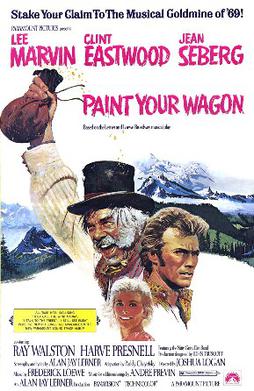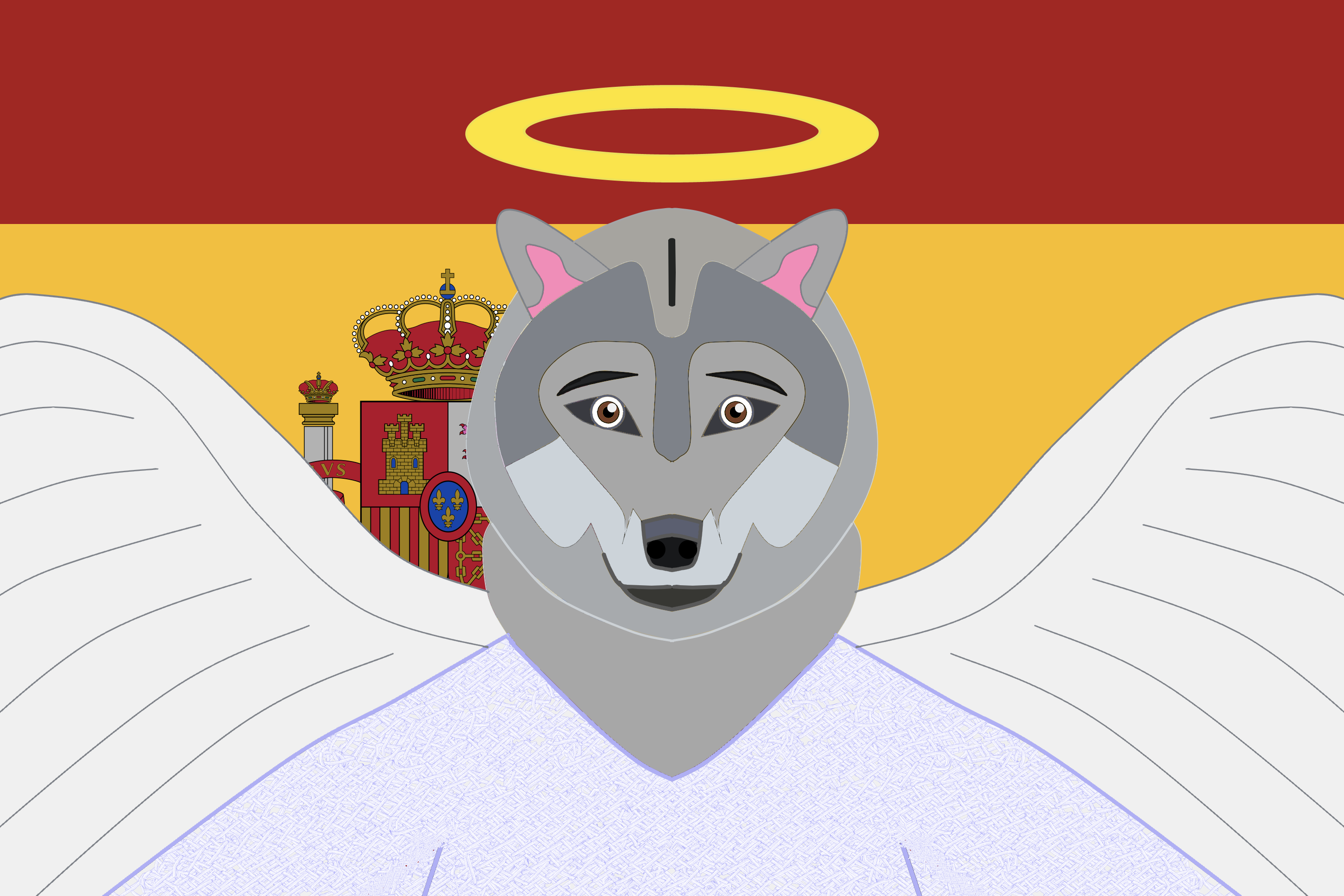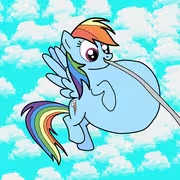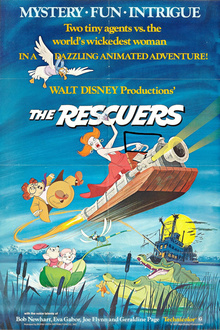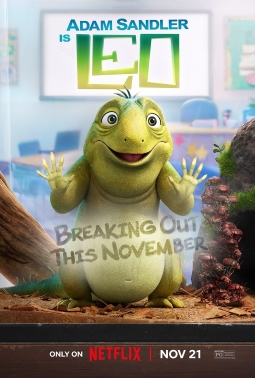
When I first started watching this live-action science-fiction dramedy on Fox the last decade, I assumed it would be a knockoff of the Star Trek series, but given the repertoire of showrunner Seth MacFarlane, responsible for animated series such as
Family Guy,
American Dad!, and
The Cleveland Show, I knew it would be a more lighthearted take on the sci-fi genre. The series opens with up-and-coming Planetary Union officer Ed Mercer, portrayed by MacFarlane, catching his wife, Kelly Grayson, having an affair with an alien, which leads to their divorce. A year later, Mercer receives command of the eponymous spaceship, with Grayson, to his shock, becoming his first officer.
The Orville isn’t shy about its Star Trek inspirations, beginning with its music. The opening credits theme takes inspiration from “Life Is a Dream,” Jerry Goldsmith’s central composition of the first and the fifth Star Trek Original Series films as well as
The Next Generation, a similarity more so apparent in the season three remix. The Planetary Union is a nod to the United Federation of Planets from Trek, along with the various alien races, with sundry conflicts erupting throughout the series, chiefly with the Krill, a vampiric and ultrareligious society. The robotic Kaylons, with one of its members, Isaac, serving as a neutral ambassador aboard the
Orville, also come into play later.
Other notable crew members include Bortus, a member of the Moclan race with deadpan speech patterns that make for some occasional humor, who mates with Klyden and has a child named Topa, born female, which is rare among their species in their male-dominant society. The episode “About a Girl” focuses on the couple’s decision to change Topa’s gender to male to conform to Moclan society, which hit home to me as an autistic and receives a follow-up in the third season. Another first-season episode, “Majority Rule,” focuses on a twenty-first-century society reigned by upvotes and downvotes, touching upon themes such as the role of social media and public shaming, which parallels modern cancel culture.
The Orville has a pretty good selection of stars, both guest and recurring, aside from Seth MacFarlane. Brian George, who played the Pakistani restauranteur Babu Bhatt in
Seinfeld, and various other Indian or Pakistani characters in other media (despite being Israeli), plays a researcher in the first episode. The late Norm Macdonald plays Yaphit, an amorphous blob with a crush on Doctor Claire Finn, and briefly appears in human form thanks to the ship’s Environmental Simulator (which Isaac also uses when he tries to woo Finn). Patrick Warburton plays a long-nosed alien in a few episodes, and Ted Danson recurs as an Admiral in the Planetary Union throughout the entire series.
Overall, I had a great time watching
The Orville, which largely avoids the pitfalls of MacFarlane’s animated shows, such as the drawn-out gags and topical references (but there is some sound sociopolitical commentary that never becomes ham-fisted) and strikes a balance between being humorousness and seriousness. I found it an excellent homage and even rival to the various Star Trek series (and it did semi-compete with
Discovery upon its original release), which evokes Trek’s feel (musically and aesthetically) while standing well in its own right. I would happily watch future seasons should the series continue and consider it a capstone among Seth MacFarlane's television productions.
